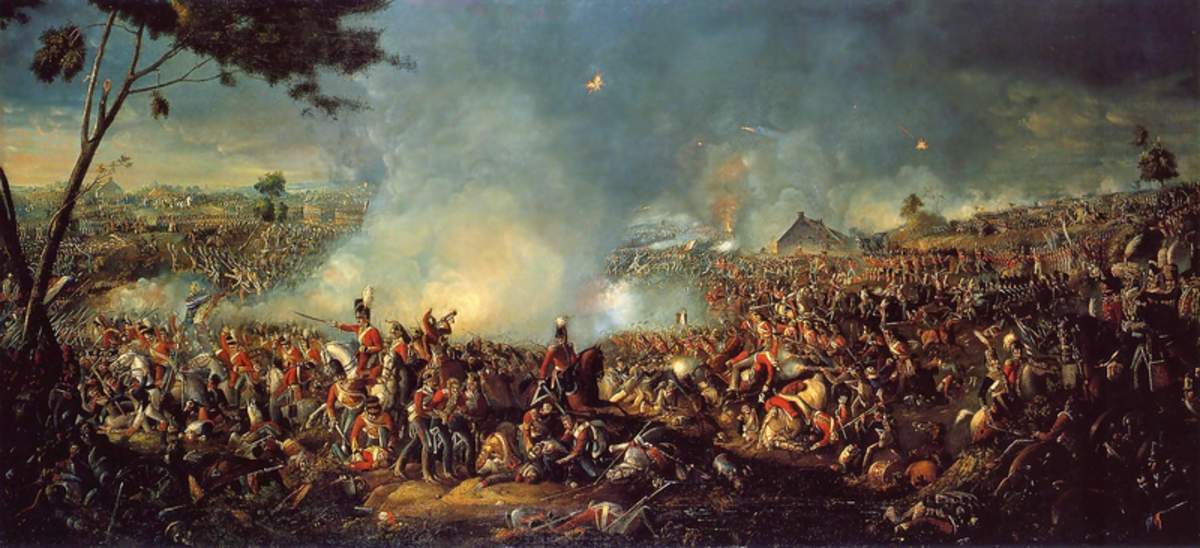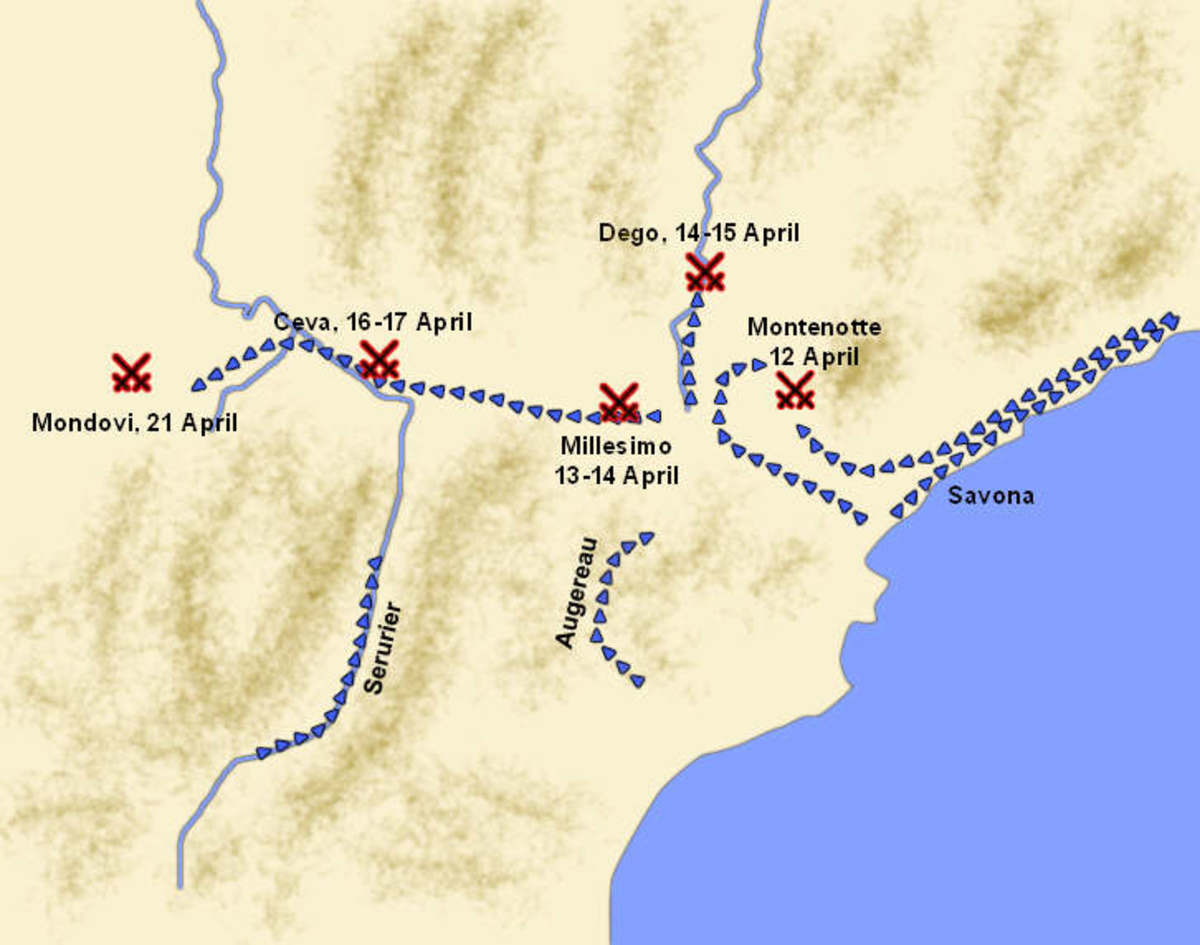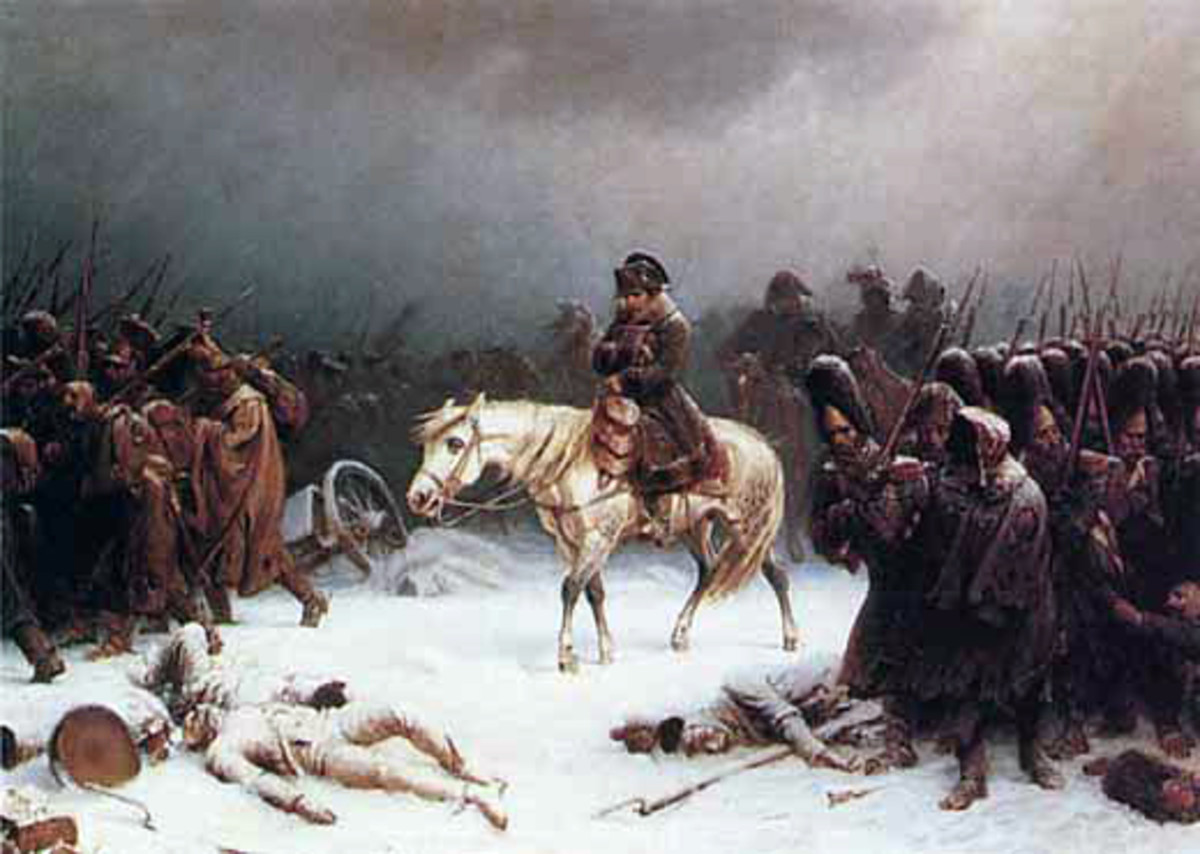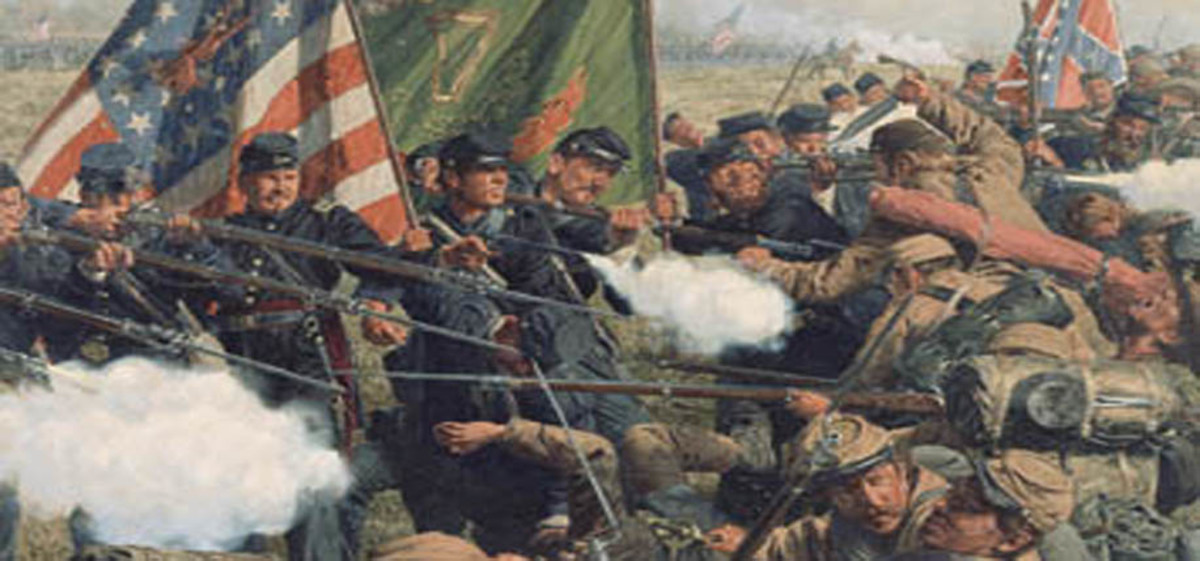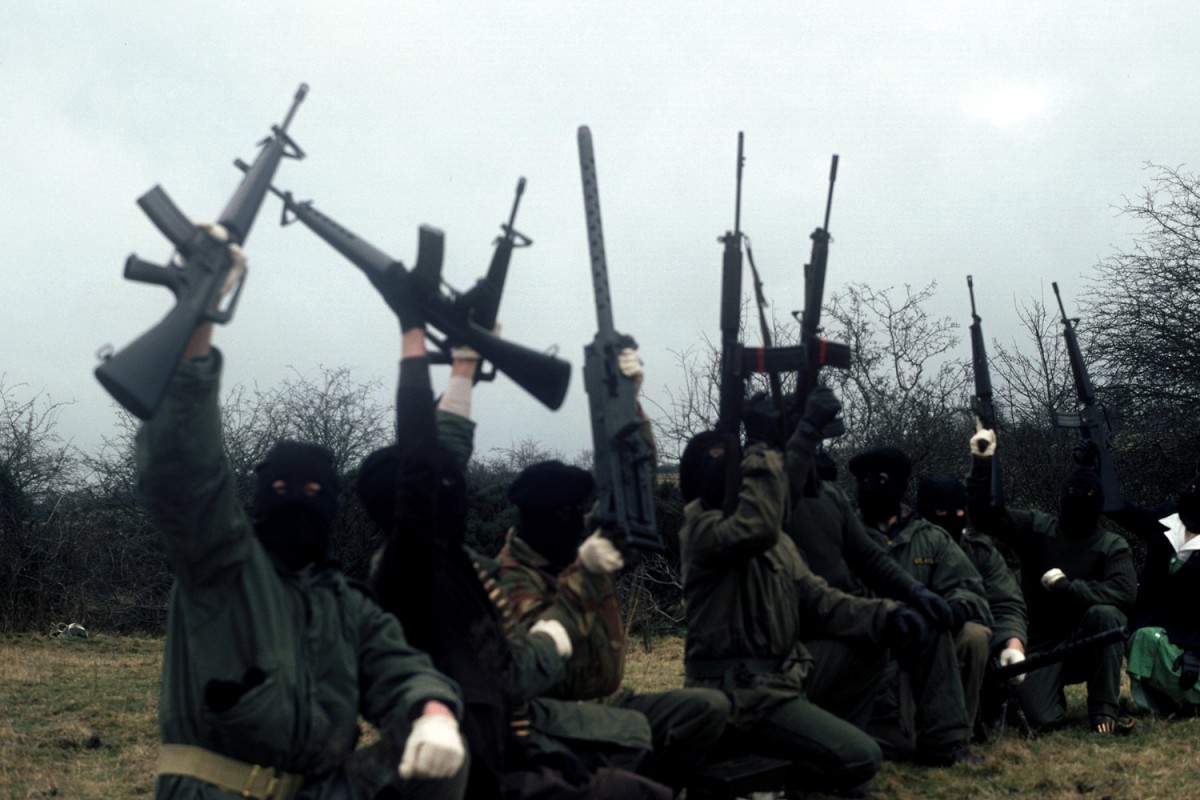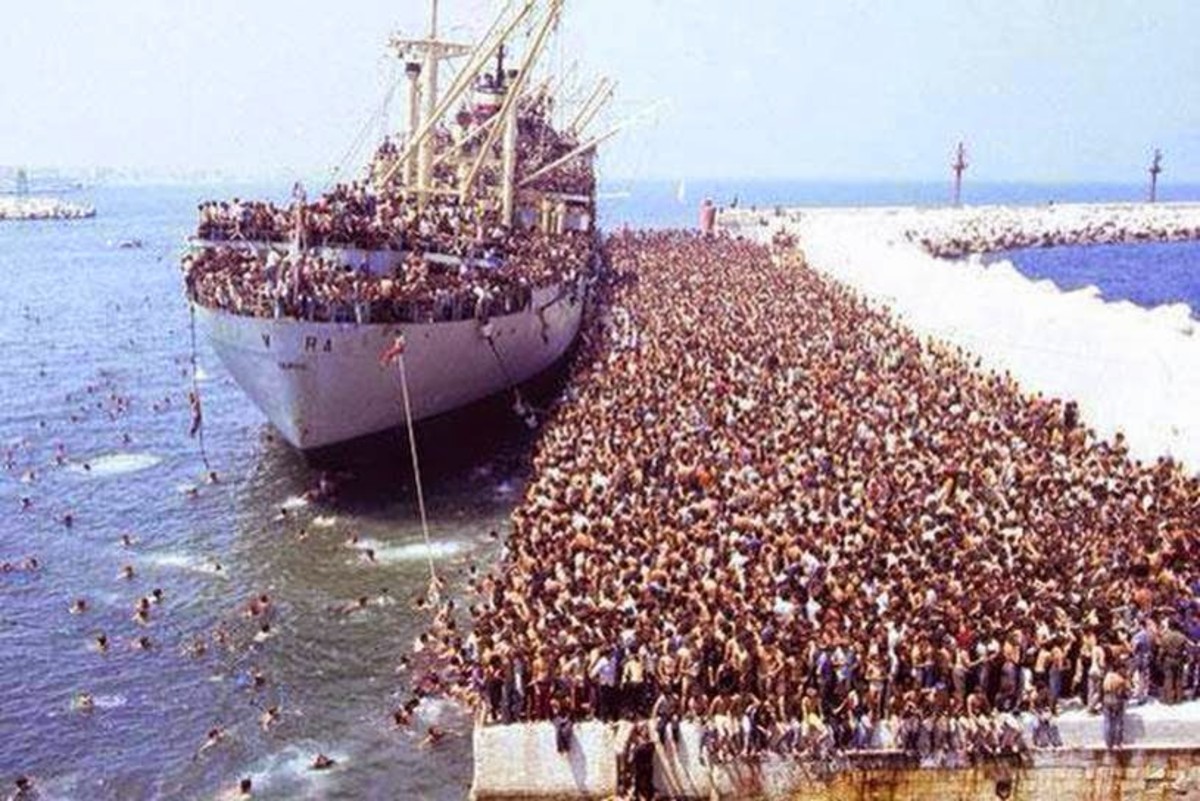Napoleon's Bizarre Abyss at Waterloo, 1815


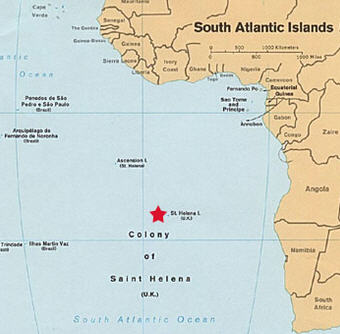
Waterloo. The epic battle of the Napoleonic War fought on June 18, 1815. The defeat of the French Army defined Europe's future. What is amazing that Napoleon rose from his first exile and returned to France on March 1st, 1815. Nothing much was thought of it but within a short time, Napoleon was back in power using a military coup d'etat. It was just a year ago, in 1814, he was defeated and declared as an outlaw. It is amazing that within the short time of a few months of his return the French Army was threatening other countries with occupation.
Waterloo ended the Anglo-French wars that consumed some five centuries and opened for new domination by Germany. Just before the battle, Napoleon had 125,000 soldiers and 350 cannons, while the British-Dutch-German forces has 212,000 and 430 cannons. Napoleon planned to advance through Charleroi, 20 miles east of Wellington. Napoleon planned to smash the British in the center, turn on the Prussians and walk into Brussels. Even though the Prussians knew of Napoleon's plan, they did not dispatch this information to Wellington who led the army until it was too late. There was mistrust among the allies.
On June 16th, the battle at Qautre Bras greatly delayed the French forces and caused problems for the allies fighting at Ligny. Once Ligny was over, the allies had to move its cannons across muddy ground to block Napoleon's march towards Brussels. So, on the 18th, the French blow fell on 30,000 British, 40,000 Dutch and 22,000 German troops. But half of the British and German men were new recruits and now faced experienced French men. But, like many battles, one crisis after another continued to plague Napoleon. These were bad omens. The stone house at Hougoumont turned into a major road block for the French and wasted men and time the whole day. Like, Bastogne, in 1944, the allied troops defended it tooth and nail. Like the Kurds at Kobani in 2015, ISIS could not seize it and wasted men trying to. The British cavalry charged and repeated charges of French troops upon British infantry in square formation. In desperation, Napoleon sent his best troops, the Imperial Guards, charging up the slope in dense formations, but just as they reached the crest, British troops shot volley after volley of fire from their flanks. Napoleon's best troops did the least expected- they became disorganized and retreated!
Waterloo was a battle where both sides made serious errors. Cavalry would charge a square formation, which was invulnerable to such things. This was proven many times before this battle, yet, inexperienced leaders directed their men to sure death. Cannons could easily destroy a square formation, but were susceptible to cavalry charges, as were infantry in line formation. During the battle, the allies would issue for a square formation to enter a line formation just before it was charged by cavalry. Suffice to say, it proved to be a grievous mistake to those infantry.
After the battle was over, some 40,000 dead and wounded of both sides were left. Scavengers of all types, human and non-human, looted the dead bodies of belongings and even teeth. Many of the bodies remained not buried for over a week. The British victory took several days to reach London. In Paris, Napoleon's support went up like a flame. There was no love loss to get rid of him. By July, the British were firmly in control of the city. Napoleon now sought to escape to avoid being captured. At first, he wanted to flee to the USA, but that plan was not feasible because British ships blockaded all French ports. With no viable escape, Napoleon surrendered and now the British had to decide what to do with him. Napoleon had hoped to be exiled in London, but that was not to happen. Instead, the British exiled him to a remote island in the Atlantic, the St. Helena island. It is more than 1000 miles from Africa. The island is mostly barren and Napoleon lived in a small single room house and deprived of all he was accustomed to. Food was brought to him but was usually not very good. He would die in 1821 there and during the autopsy, vital organs were taken out. But most interesting is that his penis was removed and given to an Italian priest. At some point, his penis, now mummified, was given to a London bookseller and in 1927 was in Philadelphia. It was put on display in New York at the Museum of French Art. Then, in 1977, an American urologist bought it at an auction. Verification that it IS actually Napoleon's has never occurred. But it is about 2-inches long!

